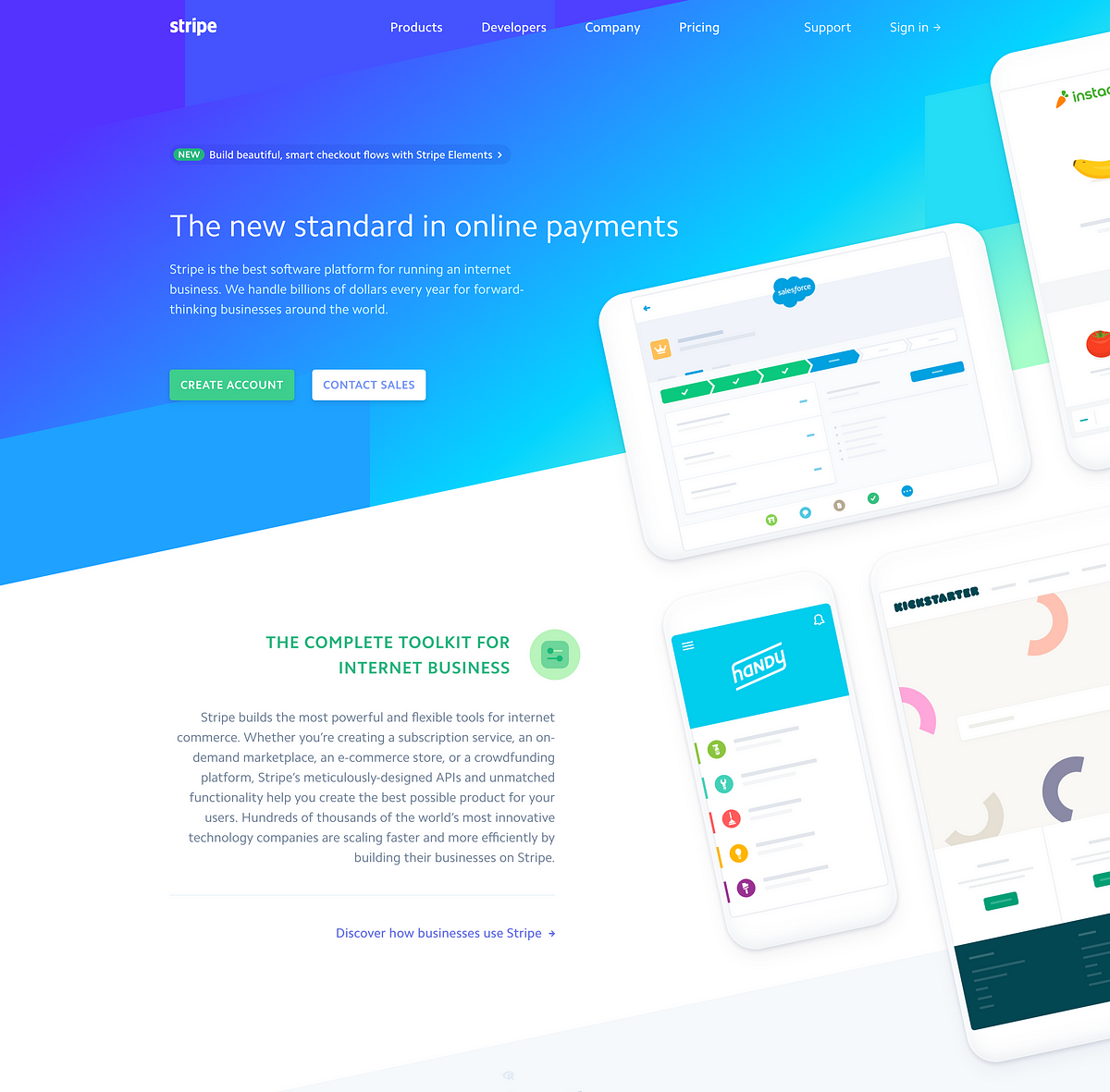Asa product designer, sometimes I question how important beauty is when it comes to software.
Look at this list of some of the most popular websites on the Internet:
- Craigslist
- Hacker News
- Wikipedia
- Drudge Report
These sites have little to no aesthetic appeal, but collectively they are visited by tens of millions people every day.
So I ask myself…
Are we just showing off our design skills to other designers? Does the average consumer notice? Do aesthetics have a direct impact on revenue?
These are questions worth answering.
“No, Aesthetics Don’t Matter!”
Some would point to the above examples (and more) to make the case that beauty is irrelevant. They’d say visual design is mostly un-measurable mushy marketing.
After all, software is a tool. We use it to accomplish tasks like communicating, writing, checking off a to-do, or socializing with a friend.
Giving the user the ability to perform a unique task is far more important than making it look good.
We jump on Wikipedia because it’s easy to get free encyclopedic information. We pull up Craigslist because we want to buy or sell something locally without having to pay for it. We visit Reddit for its distinctive take.
It doesn’t matter that these sites are ugly because they’re the best tools for their specific job.
In fact, part of the popularity of these sites has become their ugliness. It’s as if the user base is saying, “We just laugh at how ugly Reddit/Drudge Report/Hacker News is because we get quite a lot of utility from it, and that’s what matters most.”
You can’t build a valueless product, throw some eye-appeal on it, and expect it to last.

Take a rain poncho. This is an incredibly ugly piece of clothing. But millions of them are sold every year because they’re really good at their job — keeping you dry.
“Yes, Aesthetics Do Matter!”
Others say beauty is critically important.

For companies trying to build or sustain a brand, visual design matters because it’s part of the package. People recognize Stripe, for example, in part because of their stand-out aesthetics. Paul Rand said:
“Design is the silent ambassador of your brand.”
Something beautiful is also pleasing to use. And pleased customers keep coming back. It’s a piece (however small) of user experience.
When something is beautiful, you can feel that there was some thought put into its creation. That makes it feel professional and gives it an air of having been built on purpose — a feeling that whoever created this thought about you, the user, as they made it. When the opposite is true, it feels like someone just hacked it together.
Those sites mentioned above — Craigslist, Reddit, etc. — those are the exception. They’re popular in spite of being ugly because they were first to market and have an entrenched user base. For those of us building something new, there’s no reason to purposefully forgo aesthetics.
Think back a decade ago to when the very first iPhone came out. The usability and utility were there in abundance, to be sure. But people were also astounded by how beautiful it was. No other phone looked like that. Many people were (and still are) willing to pay an astronomical price for it, in large part because of that beauty.
My Takeaways
Which side are you on?
I don’t think it’s black and white. It’s a matter of priorities.
“Form follows function.” Function certainly comes first, but that doesn’t mean form is nonexistent.
To me, the priority goes like this:
- Utility. Does your software help the consumer perform a unique task in a distinctive way? If it doesn’t, the heart of your software is missing and it will eventually die. Who wants a tool that doesn’t help you accomplish something?
- Usability. Do you get out of their way so they can execute that task easily and intuitively? Is it reliable, speedy, organized?
- Aesthetics. Is it attractive in a way that contributes to utility and usability?
By all means, add beauty. Beauty is wonderful. But utility and usability come first because that’s why people are there in the first place. Build around the purpose, then add aesthetics on top of that.
Your user will thank you for it.
________________________________________________
About the Author
This article was produced by Jordan Bowman of HackerNoon. see more.




























